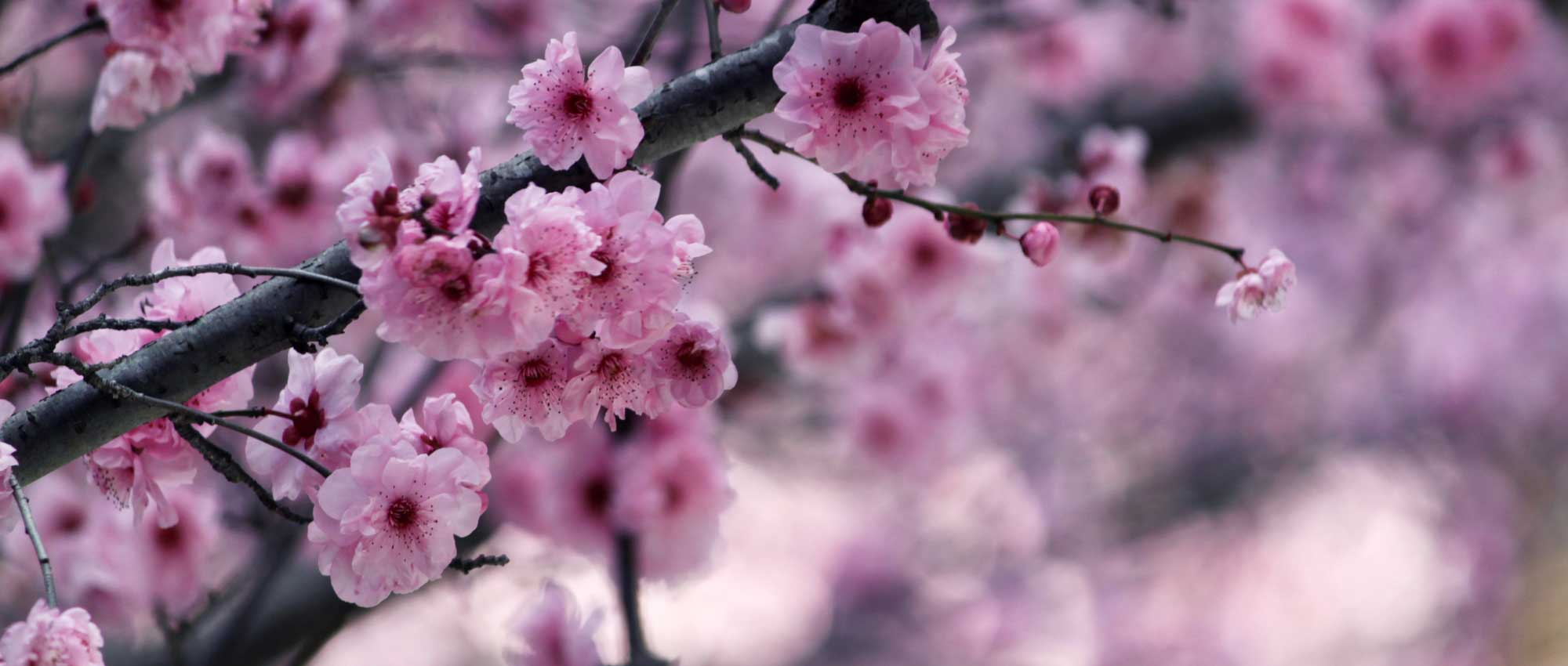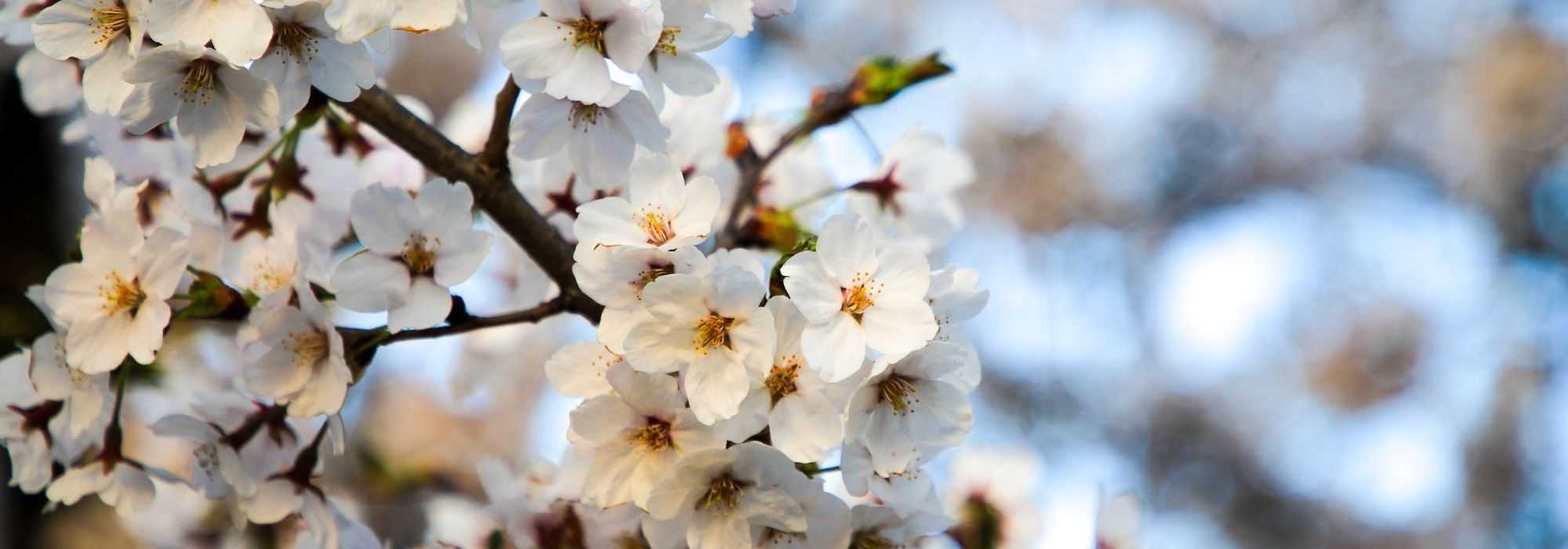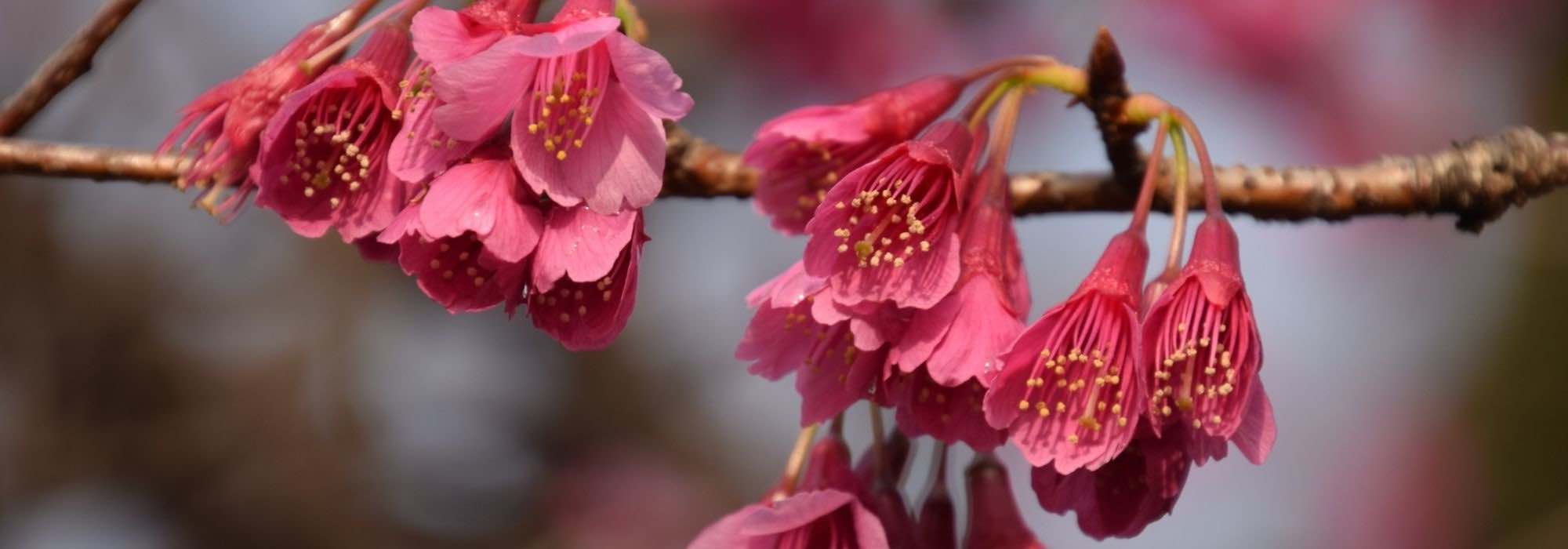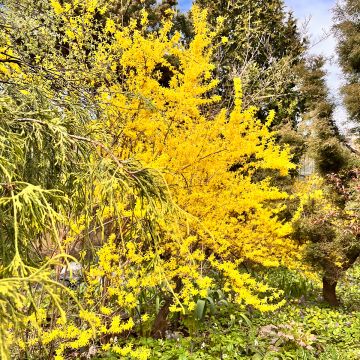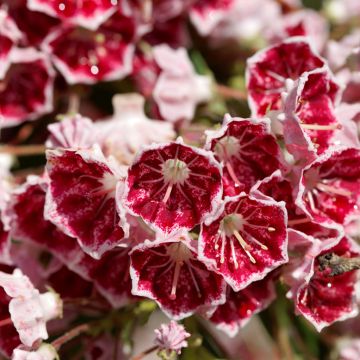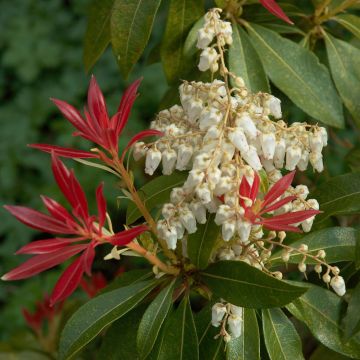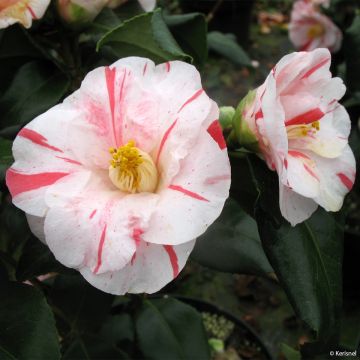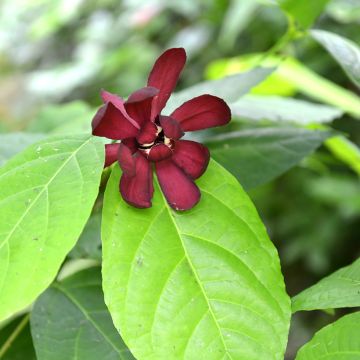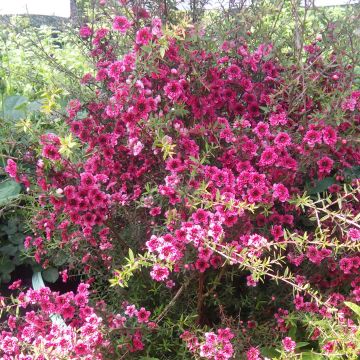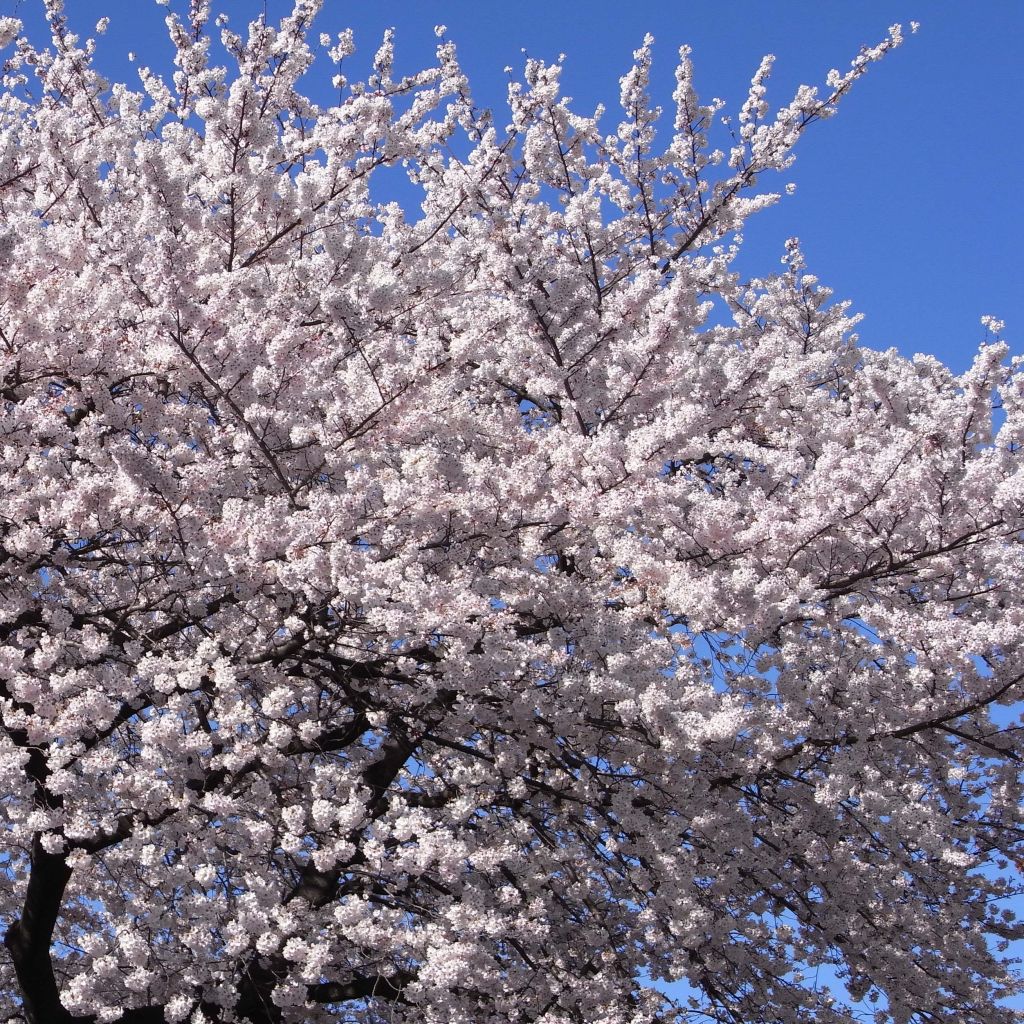

Prunus yedoensis - Yoshino Cherry
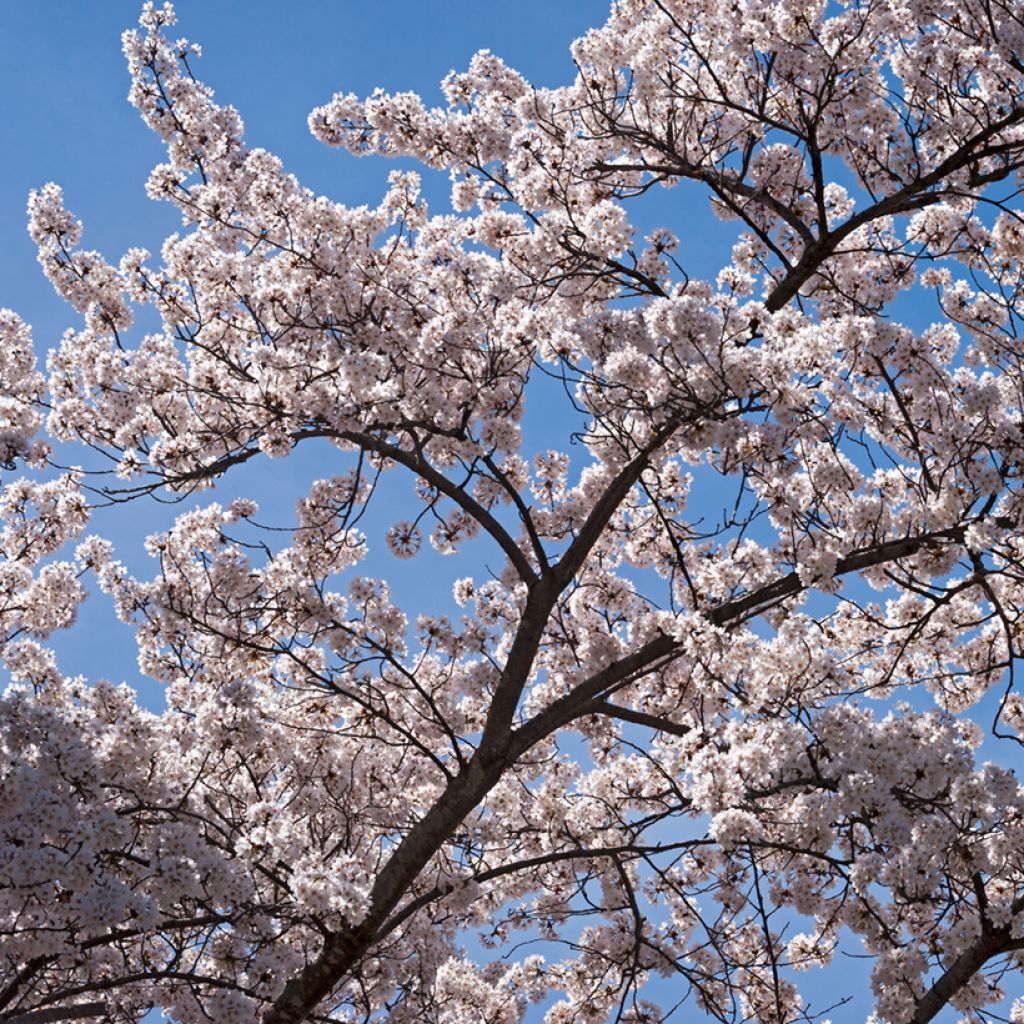

Prunus yedoensis - Yoshino Cherry
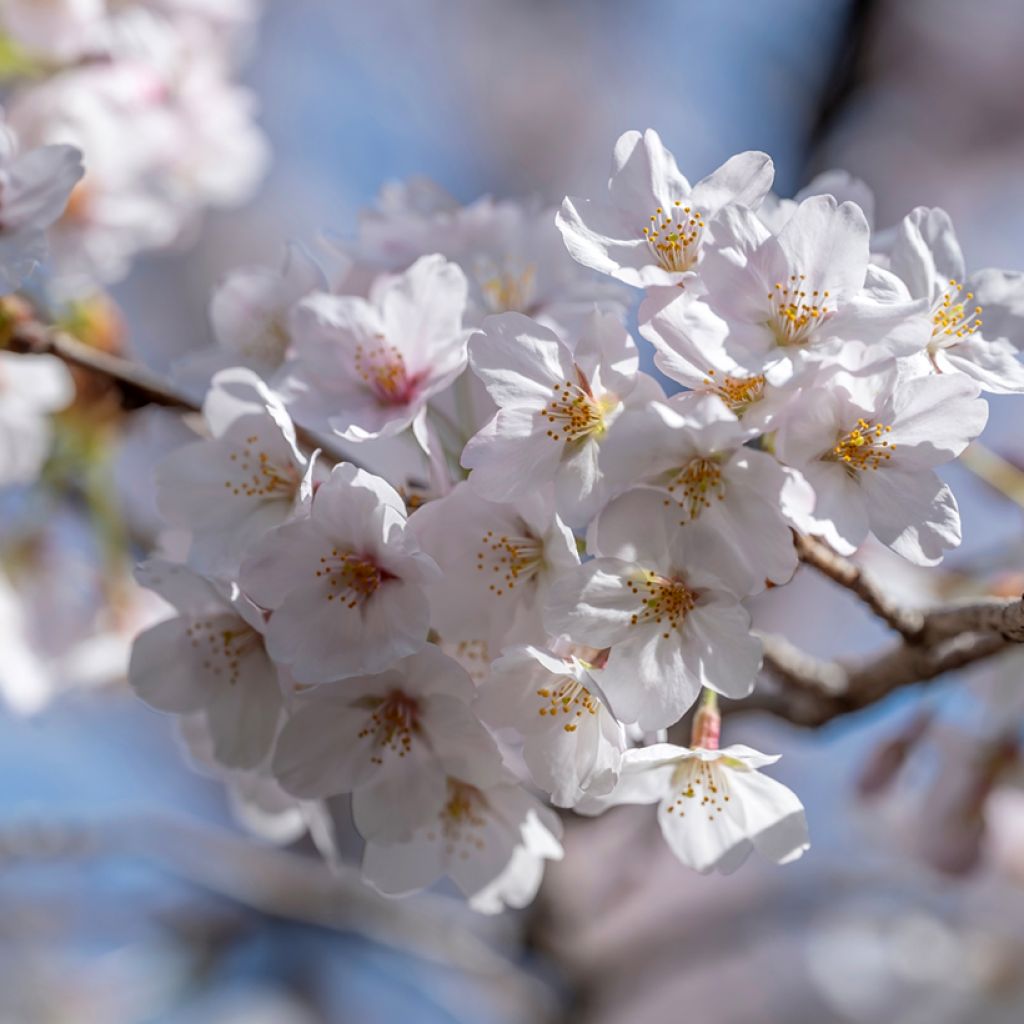

Prunus yedoensis - Yoshino Cherry
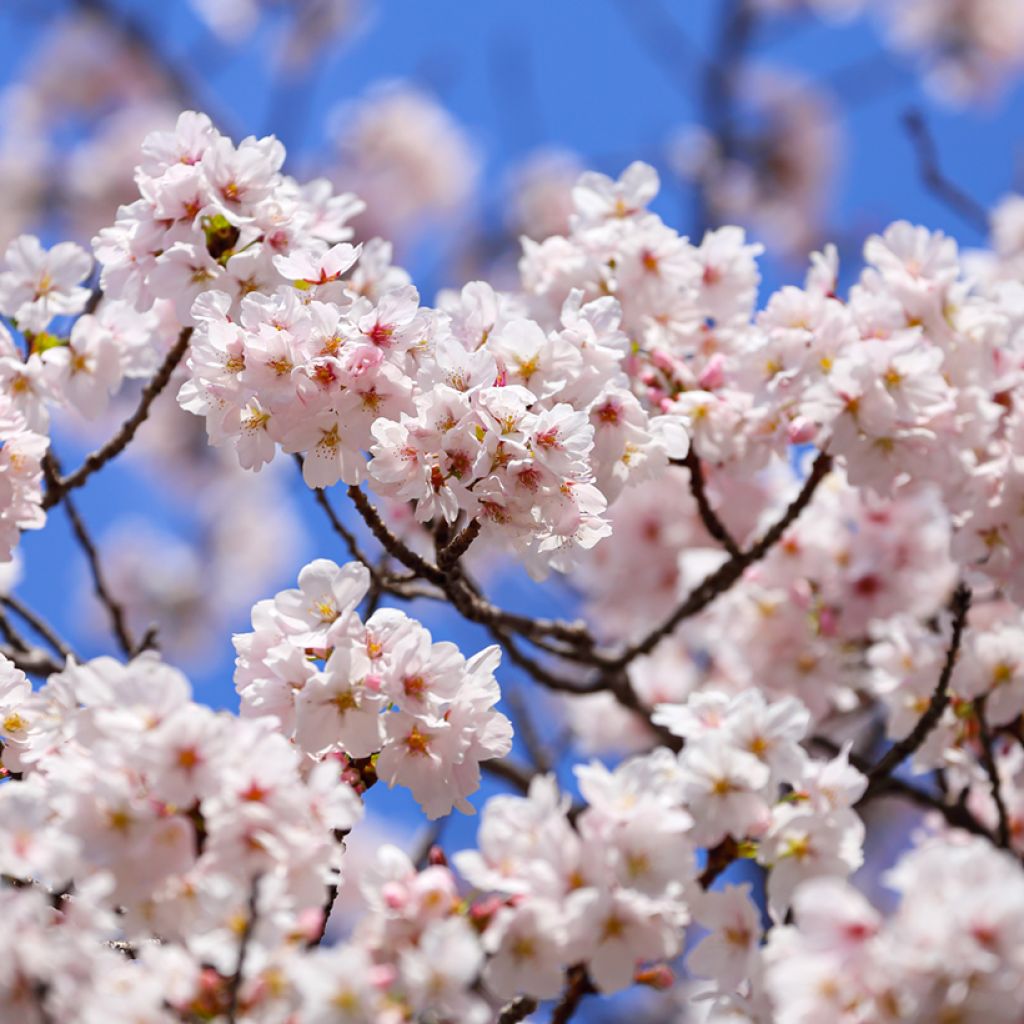

Prunus yedoensis - Yoshino Cherry
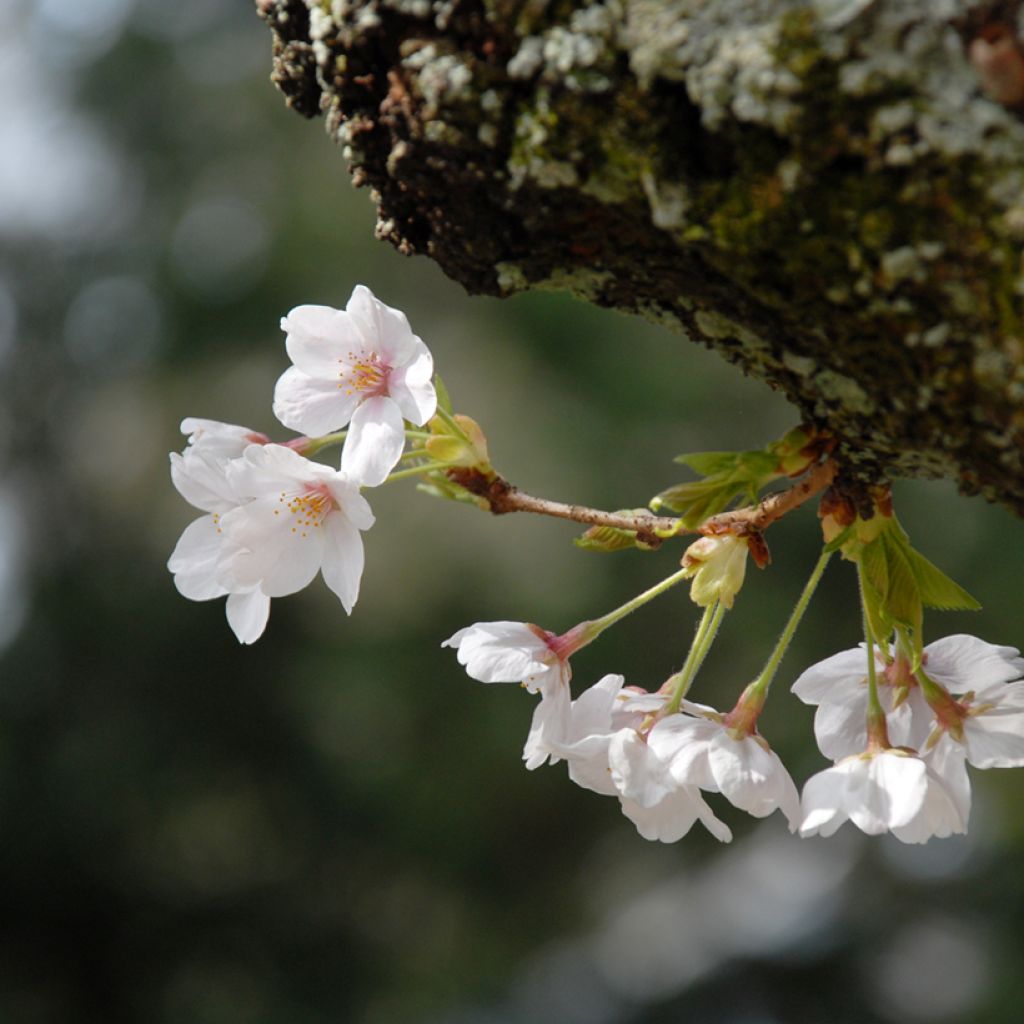

Prunus yedoensis - Yoshino Cherry
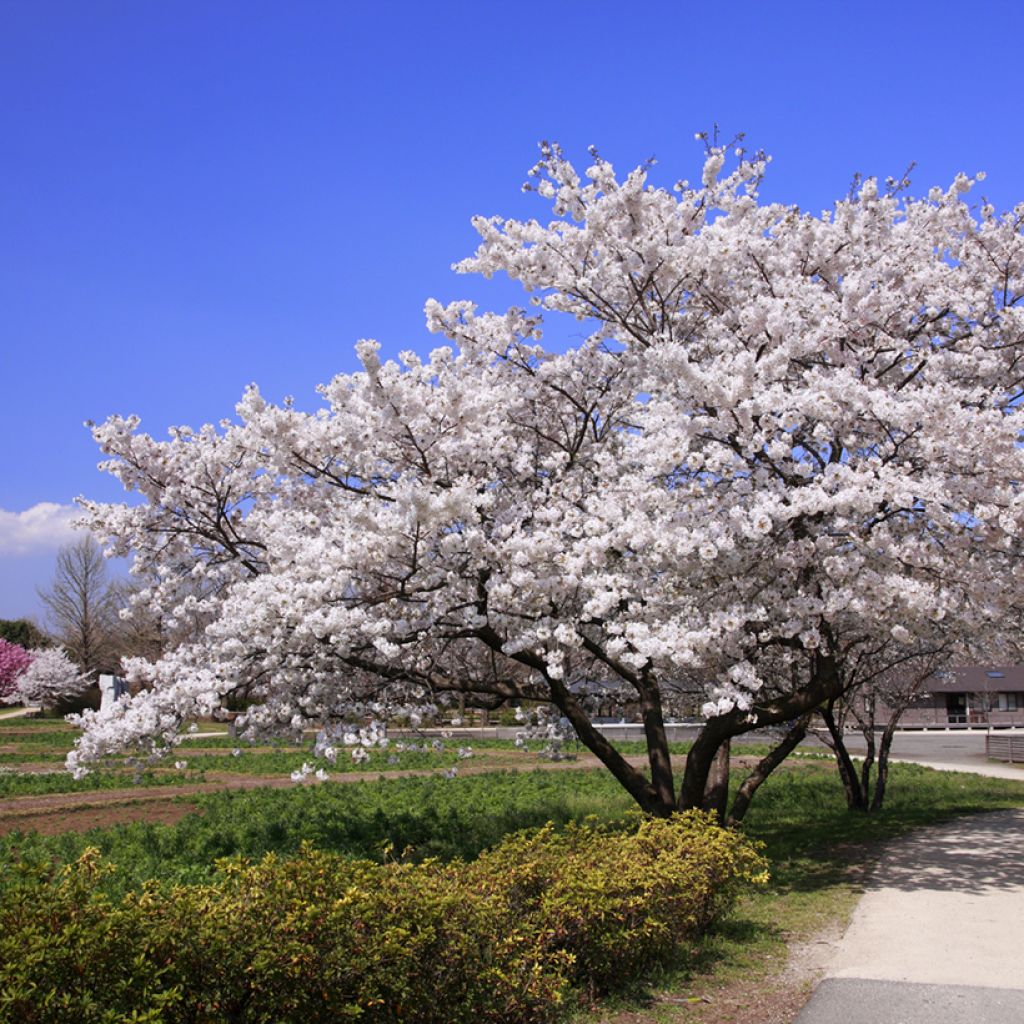

Prunus yedoensis - Yoshino Cherry
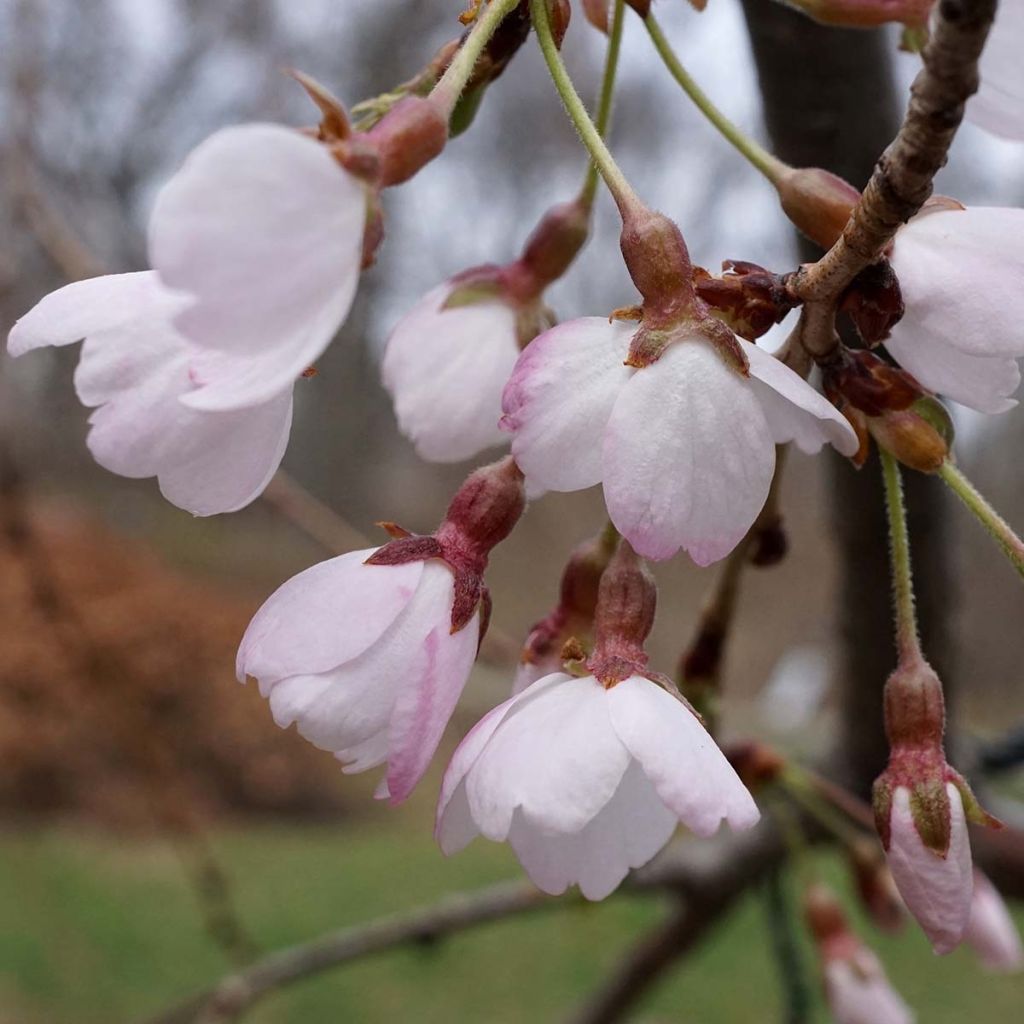

Prunus yedoensis - Yoshino Cherry


Prunus yedoensis - Yoshino Cherry
View more pictures
Hide images

Nicolas B.

The first flowers!
Nicolas B. • 67 FR
Prunus yedoensis - Yoshino Cherry
Prunus x yedoensis
Yoshino Cherry
Healthy plant arrived undamaged, has taken well in my garden, beautiful flowering
Celine, 24/08/2024
Special offer!
Receive a €20 voucher for any order over €90 (excluding delivery costs, credit notes, and plastic-free options)!
1- Add your favorite plants to your cart.
2- Once you have reached €90, confirm your order (you can even choose the delivery date!).
3- As soon as your order is shipped, you will receive an email containing your voucher code, valid for 3 months (90 days).
Your voucher is unique and can only be used once, for any order with a minimum value of €20, excluding delivery costs.
Can be combined with other current offers, non-divisible and non-refundable.
Home or relay delivery (depending on size and destination)
Schedule delivery date,
and select date in basket
This plant carries a 24 months recovery warranty
More information
We guarantee the quality of our plants for a full growing cycle, and will replace at our expense any plant that fails to recover under normal climatic and planting conditions.

Would this plant suit my garden?
Set up your Plantfit profile →
Description
Prunus x yedoensis, sometimes nicknamed Tibetan cherry or Yoshino cherry, is a variety of cherry tree with particularly graceful flowers. It has a flexible habit. In March-April, its bare branches slightly bend under a multitude of almond-scented flower clusters that turn from pink to white. In autumn, its foliage becomes a beautiful coppery-yellow colour. Hardy and not very demanding in terms of soil, this tree with moderate growth is ideal for any garden.
Prunus x yedoensis is a hybrid obtained in Japan in 1864, by crossing Prunus speciosa and P. subhirtella. All these small trees belong to the large Rosaceae family. It is a deciduous tree with moderate and fairly rapid growth, reaching an average of 8 m (26.2 ft) in height and up to 7 m in width (23 ft). It develops one or several trunks covered with smooth, brown-grey bark, and a wide, open crown supported by slightly drooping branches at their ends. Flowering takes place in March-April, more or less early depending on the region. The flowers, gathered in small clusters of 5 to 6, suspended by a short peduncle, are single. They emerge from pale pink buds, then open into 5-petalled corollas, 3 cm to 3.5 cm (1.2 in to 1.4 in) in diameter. The fragrant and nectar-rich flowers are followed by the formation of small round and black fruits at maturity, sought after by birds. The deciduous foliage is composed of alternate, widely ovate leaves, 6 cm to 12 cm (2.4 in to 4.7 in) long, with double-toothed edges. The lamina, of medium green colour, shows a pubescent underside and turns to golden yellow to orange in autumn.
Its ample and graceful silhouette makes this flowering cherry tree suitable for isolated cultivation. Dazzling from the first beautiful days of spring, requiring very little maintenance, this small tree is suitable for medium-sized gardens or large gardens, where it will be perfect as the centrepiece of a perennial flower bed whose blooms will take over from spring to summer. For example, in a large free hedge or flower bed, it can be planted with other flowering cherries, ornamental apple trees, flowering peach trees, Chinese almond tree, hawthorns, and Japanese apricot (Prunus mume). A carpet of blue hyacinths, liverworts or blue muscaris would be a beautiful addition at its base. Perfectly hardy, it can be grown in many regions, but dislikes compact and clayey soils or arid situations.
Prunus yedoensis - Yoshino Cherry in pictures
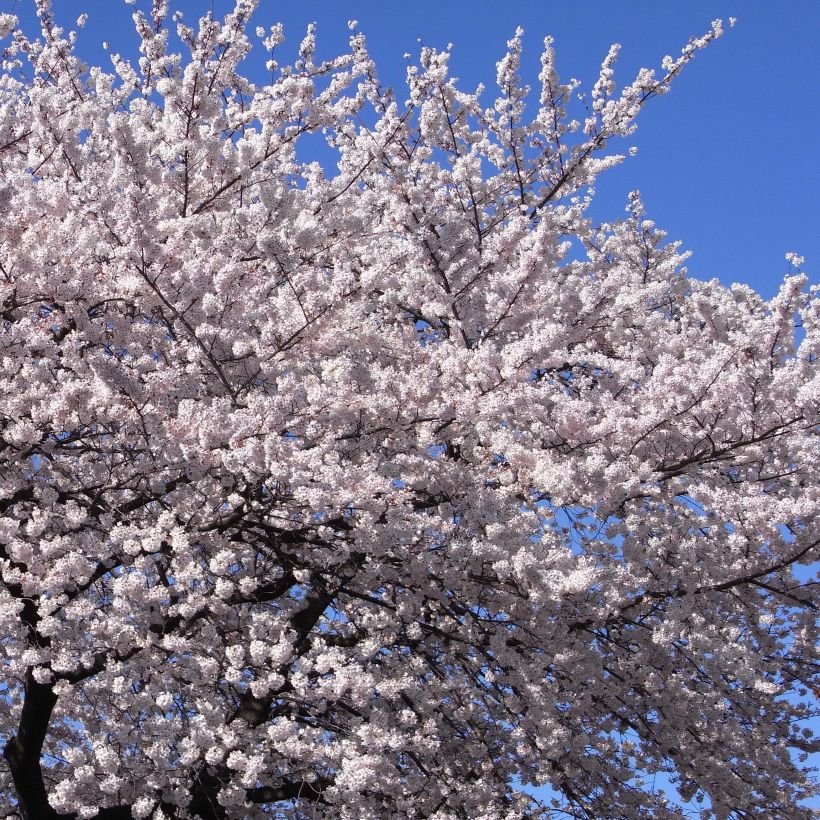

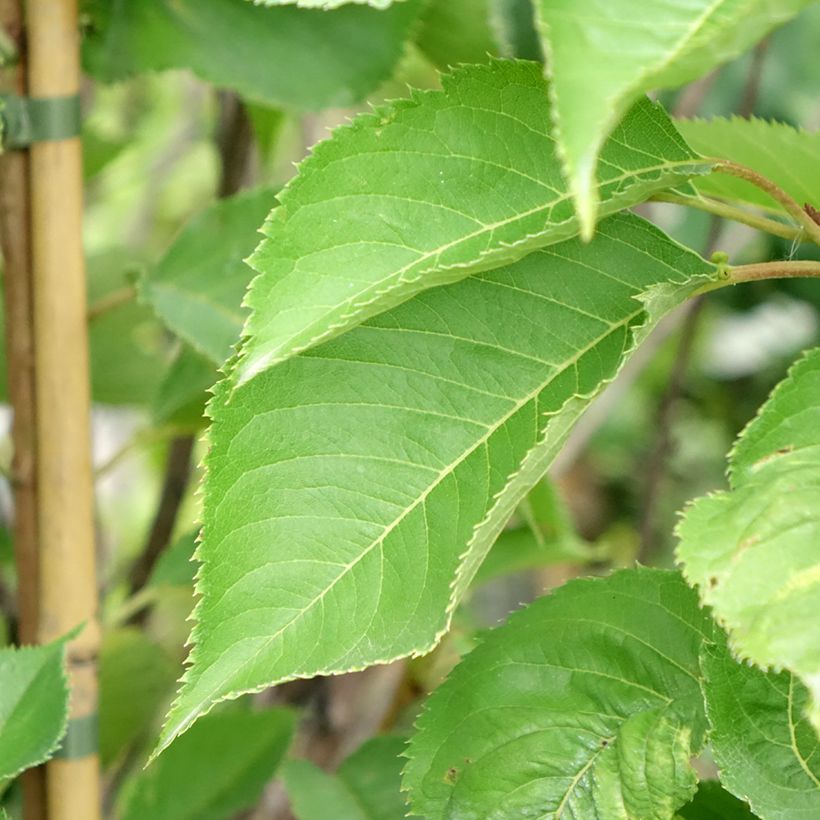



Plant habit
Flowering
Foliage
Botanical data
Prunus
x yedoensis
Rosaceae
Yoshino Cherry
Cultivar or hybrid
Planting and care
Prunus x yedoensis thrives in full sun or partial shade in any soil that is deep enough, moist but well-drained, preferably neutral or slightly alkaline, neither excessively wet nor excessively dry. Water only during abnormally dry and hot weather. When planting, mix your soil with compost at a ratio of 50%. Dig a large planting hole. Apply a flowering shrub fertiliser every spring. Place in a sheltered location from dry and cold winds, to enjoy its early flowering.
Planting period
Intended location
Care
Planting & care advice
-
, onOrder confirmed
Reply from on Promesse de fleurs
Similar products
Haven't found what you were looking for?
Hardiness is the lowest winter temperature a plant can endure without suffering serious damage or even dying. However, hardiness is affected by location (a sheltered area, such as a patio), protection (winter cover) and soil type (hardiness is improved by well-drained soil).

Photo Sharing Terms & Conditions
In order to encourage gardeners to interact and share their experiences, Promesse de fleurs offers various media enabling content to be uploaded onto its Site - in particular via the ‘Photo sharing’ module.
The User agrees to refrain from:
- Posting any content that is illegal, prejudicial, insulting, racist, inciteful to hatred, revisionist, contrary to public decency, that infringes on privacy or on the privacy rights of third parties, in particular the publicity rights of persons and goods, intellectual property rights, or the right to privacy.
- Submitting content on behalf of a third party;
- Impersonate the identity of a third party and/or publish any personal information about a third party;
In general, the User undertakes to refrain from any unethical behaviour.
All Content (in particular text, comments, files, images, photos, videos, creative works, etc.), which may be subject to property or intellectual property rights, image or other private rights, shall remain the property of the User, subject to the limited rights granted by the terms of the licence granted by Promesse de fleurs as stated below. Users are at liberty to publish or not to publish such Content on the Site, notably via the ‘Photo Sharing’ facility, and accept that this Content shall be made public and freely accessible, notably on the Internet.
Users further acknowledge, undertake to have ,and guarantee that they hold all necessary rights and permissions to publish such material on the Site, in particular with regard to the legislation in force pertaining to any privacy, property, intellectual property, image, or contractual rights, or rights of any other nature. By publishing such Content on the Site, Users acknowledge accepting full liability as publishers of the Content within the meaning of the law, and grant Promesse de fleurs, free of charge, an inclusive, worldwide licence for the said Content for the entire duration of its publication, including all reproduction, representation, up/downloading, displaying, performing, transmission, and storage rights.
Users also grant permission for their name to be linked to the Content and accept that this link may not always be made available.
By engaging in posting material, Users consent to their Content becoming automatically accessible on the Internet, in particular on other sites and/or blogs and/or web pages of the Promesse de fleurs site, including in particular social pages and the Promesse de fleurs catalogue.
Users may secure the removal of entrusted content free of charge by issuing a simple request via our contact form.
The flowering period indicated on our website applies to countries and regions located in USDA zone 8 (France, the United Kingdom, Ireland, the Netherlands, etc.)
It will vary according to where you live:
- In zones 9 to 10 (Italy, Spain, Greece, etc.), flowering will occur about 2 to 4 weeks earlier.
- In zones 6 to 7 (Germany, Poland, Slovenia, and lower mountainous regions), flowering will be delayed by 2 to 3 weeks.
- In zone 5 (Central Europe, Scandinavia), blooming will be delayed by 3 to 5 weeks.
In temperate climates, pruning of spring-flowering shrubs (forsythia, spireas, etc.) should be done just after flowering.
Pruning of summer-flowering shrubs (Indian Lilac, Perovskia, etc.) can be done in winter or spring.
In cold regions as well as with frost-sensitive plants, avoid pruning too early when severe frosts may still occur.
The planting period indicated on our website applies to countries and regions located in USDA zone 8 (France, United Kingdom, Ireland, Netherlands).
It will vary according to where you live:
- In Mediterranean zones (Marseille, Madrid, Milan, etc.), autumn and winter are the best planting periods.
- In continental zones (Strasbourg, Munich, Vienna, etc.), delay planting by 2 to 3 weeks in spring and bring it forward by 2 to 4 weeks in autumn.
- In mountainous regions (the Alps, Pyrenees, Carpathians, etc.), it is best to plant in late spring (May-June) or late summer (August-September).
The harvesting period indicated on our website applies to countries and regions in USDA zone 8 (France, England, Ireland, the Netherlands).
In colder areas (Scandinavia, Poland, Austria...) fruit and vegetable harvests are likely to be delayed by 3-4 weeks.
In warmer areas (Italy, Spain, Greece, etc.), harvesting will probably take place earlier, depending on weather conditions.
The sowing periods indicated on our website apply to countries and regions within USDA Zone 8 (France, UK, Ireland, Netherlands).
In colder areas (Scandinavia, Poland, Austria...), delay any outdoor sowing by 3-4 weeks, or sow under glass.
In warmer climes (Italy, Spain, Greece, etc.), bring outdoor sowing forward by a few weeks.






























